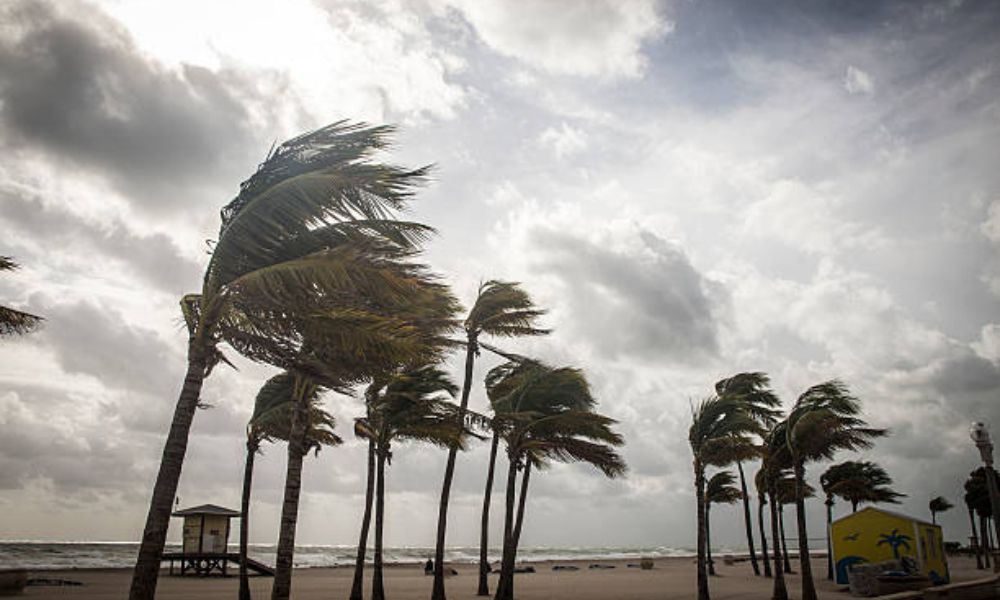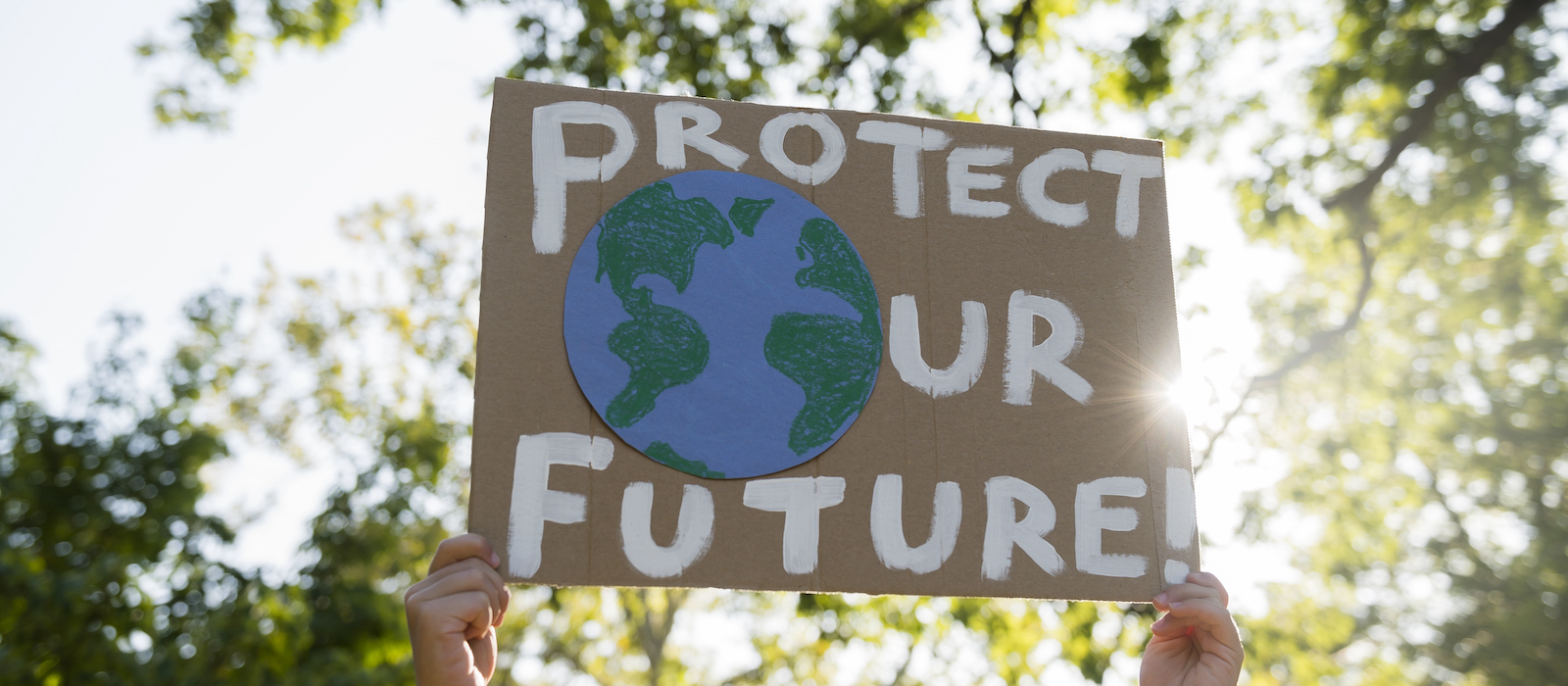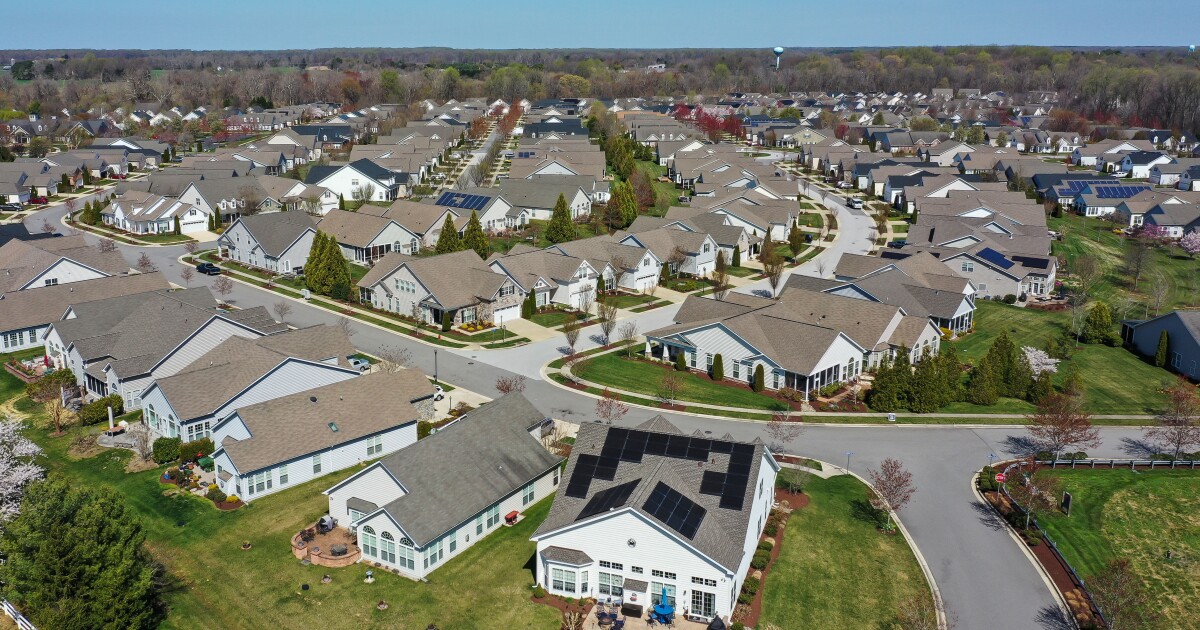An increase in demand for disaster relief loans or refinancing could emerge as homeowners look to rebuild or relocate in the aftermath of the storm.
Sherman said many homeowners are likely to experience significant distress as a result of the hurricane. “I think the first thing everyone’s going to do after the storm passes is call their insurance companies,” he said. “They’re going to start asking, ‘How bad is the damage? How soon can I get an adjuster out here?'”
The grim reality, according to Sherman, is that many people are woefully unprepared for a disaster of this scale. A common question, he said, will be: What happens if my house is destroyed, and I have to rent somewhere else? I can’t make both my mortgage and rent payments.” With nowhere to go, and no clear idea of what’s covered by insurance, many homeowners are left helpless, asking questions that have no easy answers.
“Hurricanes like this bring a flood of uncertainty, not just water,” Sherman said. “You have people who may not even have enough coverage to rebuild, let alone find temporary housing.” And then there’s the matter of flood insurance—mandatory in many parts of Florida but shockingly inadequate in some cases. Most policies cap at $100,000 for flood damages, which, Sherman pointed out, won’t even scratch the surface in areas where homes are worth ten times that. “Most people are really underinsured when it comes to flood,” he added.
The growing threat of natural disasters has seen plenty of insurance companies leave the state. “In places like Florida, windstorm insurance is very hard to get. Insurance companies are pulling out because the risks are just too high,” Sherman said. It’s a vicious cycle—disasters strike more often, insurers flee, and homeowners are left paying astronomical premiums for inadequate coverage. And this time, Hurricane Milton could be the tipping point.
Publisher: Source link











